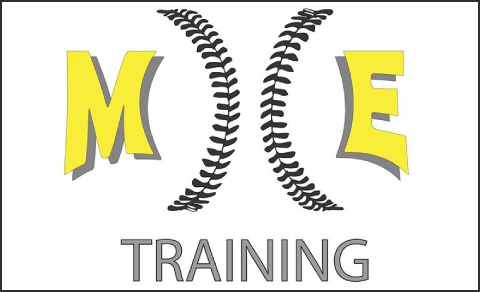 |
| Pitchers are throwing too frequently, not too many pitches. |
You’ll hear it from former Major League pitchers all the time. “Pitch counts are ruining the game! In my day we threw ’till our arms fell off..then we threw some more!”
It’s no secret that pitchers are getting injured at a higher frequency than ever before. In Tom Verducci’s latest article on Sports Illustrated, he stated that five of the 16 high school pitchers that were selected in the first round of the drafts from 2010-2012 have already undergone Tommy John surgery.
It’s remarkable that these pitchers are coddled as soon as they sign their contract, yet they are still getting injured. Verducci’s theory is that pitchers are overtaxed before they even graduate high school, which makes their arm damage irreversible.
But what is it that causes them to be overtaxed? Is it velocity? Perhaps volume of breaking balls? Lack of long tossing? Or is it the popular theory of pitch counts?
The opinions vary greatly when it comes to pitch counts.
“I think pitch counts are essential,” said Shaun Melito of Farmingdale State. “Pitch counts set limits for young pitchers and is there to prevent overuse and injury,” he said.
Many coaches will agree with that sentiment. In my opinion, it is far too simplified, however, like many philosophies in baseball. The progressive thinkers have realized that and are attempting to crack the code.
“In my opinion it really depends on the pitcher,” said Dowling pitcher Tyler Badamo. “Personally I have not been limited to 100 pitches in a very long time. On weeks that my coaching staff is trying to keep me lower I will still be around 100 for a start if the week before I had thrown around 115 pitches. If the pitcher has the ability to throw at a consistent velocity and have command of his off-speed pitches late into games and doesn’t show signs of tiring then no, I don’t believe there should be a pitch limit.”
But doesn’t it cause injuries?
“I do not feel that pitch counts have a huge effect on injuries. If you are conditioned the right way and have the ability to throw late into games, you are just as likely to get hurt on the first pitch as you are on the 120th pitch.Pitchers have nights when they can throw well over 100 pitches and they can have nights where 60-70 pitches they are done,” he added.
Keep in mind, Badamo has been a workhorse in his career. Halfway through April and he already had 67 innings on the season. Some pitchers are much more brittle and that is where the 100-pitch theory came from.
Take for example Pedro Martinez. He had a history of shoulder injuries while also being the ace of his team. That is not a player you can afford to be laissez-faire with. It was deemed by the organization that he would be taken out at 100 pitches to keep him injury free. Did it work? No, he still missed plenty of starts due to injuries.
According to the stats, Martinez had 247 games in which he threw more than 100 pitches. Opposing batters his .221 in those situations, and he compiled a K/BB ratio of 4.14. So, you may feel that he was ineffective but in actuality he was actually more hittable on pitches 1-25 when the opposing average was .229.
Now how about pitchers that have not been injury-plagued. Take a guy like Justin Verlander for example who is in the prime of his career at age-31. He has started 269 games in his career and has eclipsed 100 pitches in 222 of those. In fact, he averaged 108 pitches per start last year. That is something that never happened in the previous decade.
The perception of him is that he improves as the game goes on. In terms of velocity, that is certainly true. How about results?
Opposing batters hit .237 against him on pitches 1-25 against him. In the eighth inning that jumps to .249. That is .28 points higher than Pedro, who was believed to be very hittable in the late innings. What does that tell you? I think it says that there is not a one-size-fits-all approach and it depends on the specific day.
The real problem is when pitchers throw on short rest. With the exception of CC Sabathia, who is a medical marvel, who has a 3-1 record with a 1.01 ERA in 26 innings while pitching on short rest.
Take for example Hall of Famer Tom Glavine. On three days rest he had an ERA of 3.53, versus 3.42 on standard four-day rest. That is one example, but the list goes on.
If I had to pinpoint why pitchers are getting hurt, I think it’s the overuse in terms of outings at a young age. I think coaches are much more guilty of throwing pitchers on short rest than exceeding pitch counts.
From a personal stand point, I was once the ace of a staff. I have been left on the mound in many games because the coach had more confidence in me than the reliever. I never found it to be detrimental to my arm
by throwing 120 pitches instead of 100. The real pain was when coaches had me start on three or sometimes two days rest. That had an effect on me. I also have pitched in relief on one day rest. Those had an adverse effect on me and probably the cause for my elbow and shoulder injuries.
It is easier said than done, but I think this could be prevented by ensuring that pitchers start on no less than four days rest in high school and six days rest at any age younger than that.





